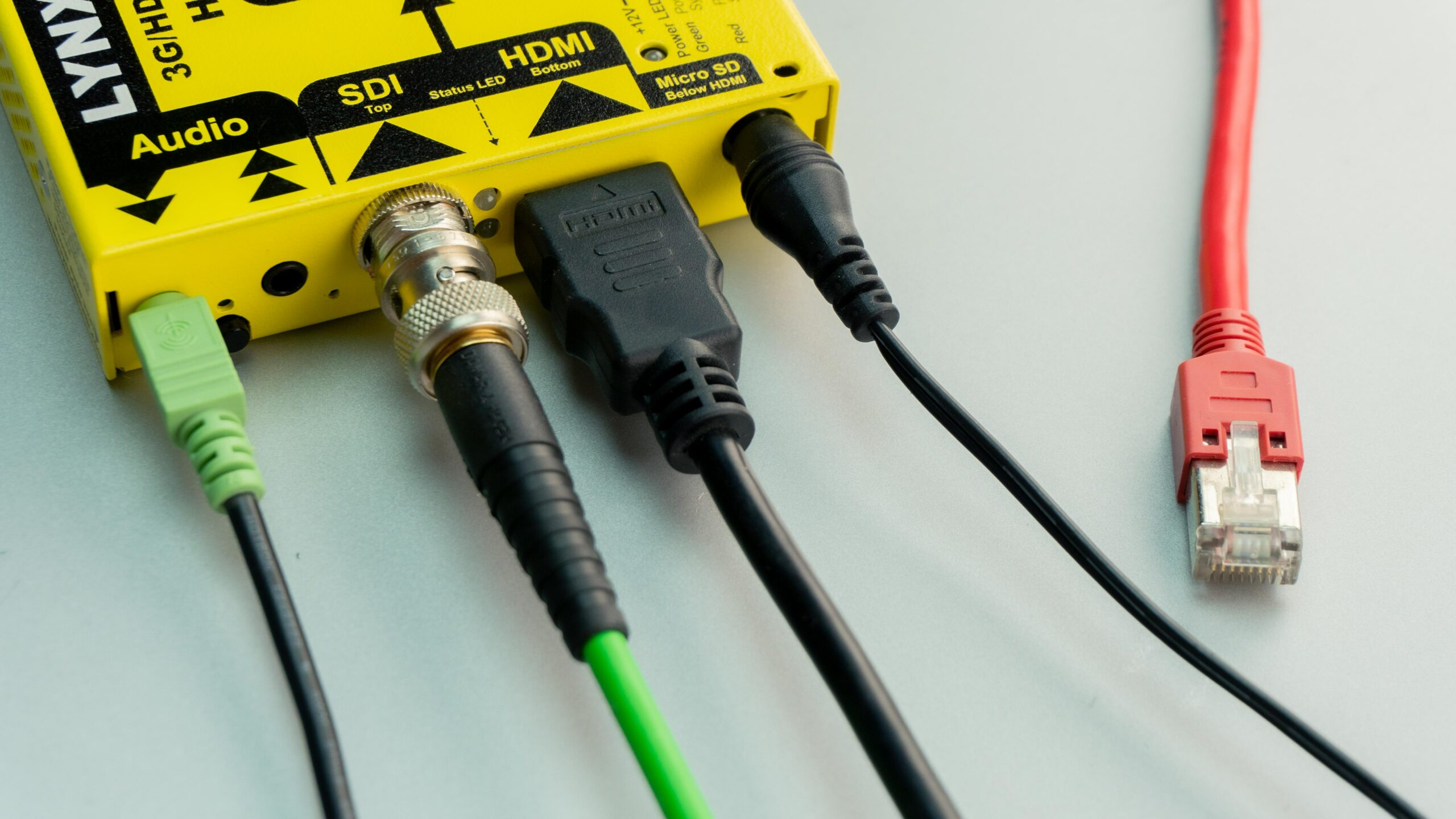Audio/Visual
20 years on, HDMI keeps getting better
This year, the humble HDMI feature celebrates 20 years of changing our experience of TV.
You may remember trying to plug in the old red, white and yellow RCA cables into the correct jacks. Every connectable device came with these, which generally ended up in a drawer somewhere. Today, the HDMI 2.1 functionality provides faster refresh rates, higher video resolution and higher bandwidth capability to compatible devices.
TCL South Africa’s marketing manager Ryan Curling says that the television viewing experience of 20 years ago is incomparable to today’s near-immersive viewing.
“The humble TV unit has come a very long way in providing the consumer with a space to not only be entertained, but with additional functionalities like Google TV, consumers literally have the internet at their fingertips,” he says.
However, not all HDMI 2.1 is created equal! The real issue boils down to bandwidth and refresh rates – the number of times a screen ‘refreshes’ an image on the screen. The human eye will see smooth motion at rates as low as 24 frames per second. Most TVs today offer one of two refresh rates: 60Hz and 120Hz, refreshing at 60 and 120 times per second respectively. 60Hz refresh rates are perfectly capable and adequate for movies and casual gaming, while the higher bandwidths are best for high performance televisions that take advantage of higher bandwidth from new generation consoles.
“Unfortunately, that HDMI 2.1 sticker on a TV’s box doesn’t guarantee that the display in question actually supports the HDMI 2.1 features that a user may require,” says Curling. “It’s best to double-check a unit’s capabilities and functionalities before purchasing. That is why we don’t just say HDMI 2.1, we specify HDMI 2.1 and additional features that our TVs are capable of, matching the capability of the screen.”
Later this year, HDMI 2.1a is coming to the market, and will include Source-Based Tone Mapping (SBTM). This enables the source to send a video signal that takes full advantage of a specific display’s HDR capability by adjusting its output. SBTM can also be used by PCs and gaming devices to eliminate manual user optimisation for HDR.
“It’s a great and very exciting time to be in the electronics space,” says Curling.
For more information on the new HDMI spec, visit https://www.hdmi.org/spec21sub/sourcebasedtonemapping



















